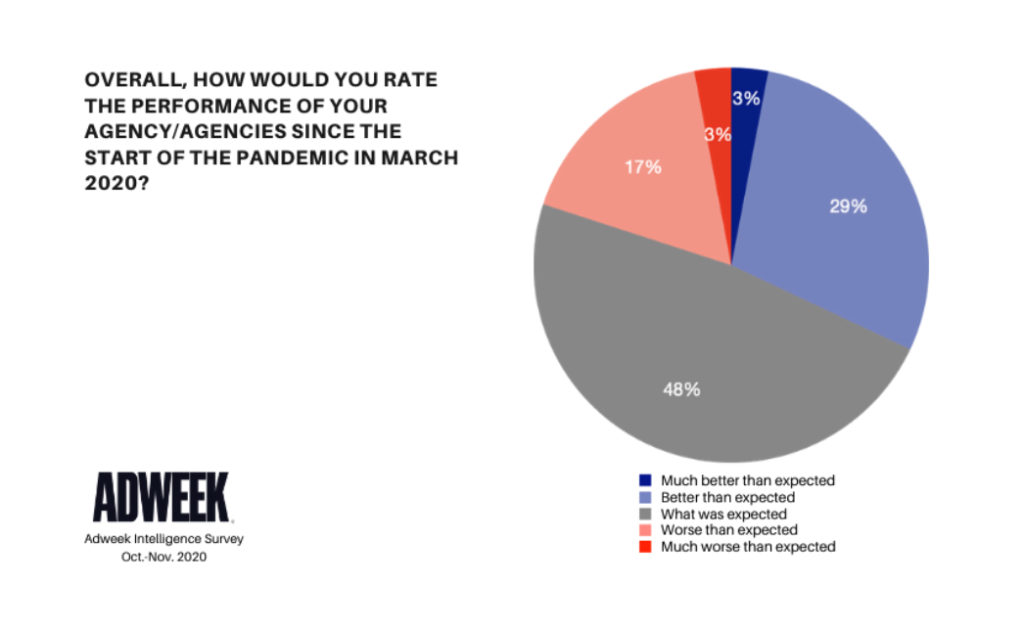When planning for the new year, the common perception is that most companies begin planning their new year goals sometime around the Thanksgiving holiday and will not firm up their final plans until the end of the year…at best. In fact, with the hustle of closing out a year, most will not begin goal and execution planning of their new year until January when that new year begins. Instantly putting themselves behind the eight ball.
Here’s what we are seeing from brands planning right now
Our team did a recent survey of 50 meetings held in the month of September with brands interested in their agency’s services. What we found was that 30% of the meetings were strictly focused on solving 2022 needs. Four months before the new year these brands are already identifying their growth needs and evaluating partners to help them solve those challenges.
This same survey showed that the remaining 60% of meetings were a combination of solving year-end and 2022 needs, with just 10% of the meetings focused on affecting this current year. Most of that 10% were smaller digital projects to fix an immediate issue with a current vendor that was not performing well. Although 60% of meetings were talking about “combined” this year and next, the majority of those were “hopeful” that they could affect this year, with the focus being on effecting next year.
Don’t miss out on Q1 revenue for the new year
Understanding ahead of time what your prospects are looking to affect and when they need to affect it is massively important to how you approach your prospecting efforts and language. It also means that your goals for your new business plan need to be adjusted properly. The work you do in late Q3 and Q4 to drive new business growth is revenue that won’t be seen until Q1 of the next year. If you, like many agencies we have seen, wait until after the holidays to start your new business approaches, you will miss out on all of the Q1 revenue because those decisions are being made now.
The holiday season can be a powerful time to make meetings and opportunities happen specifically because so many agencies are slowing down their new business efforts. We have always felt that when your competition slows, you should accelerate, and if you want to be leading in 2022 you better be accelerating your efforts now in Q4. Q4 conversations equal Q1 dollars.















